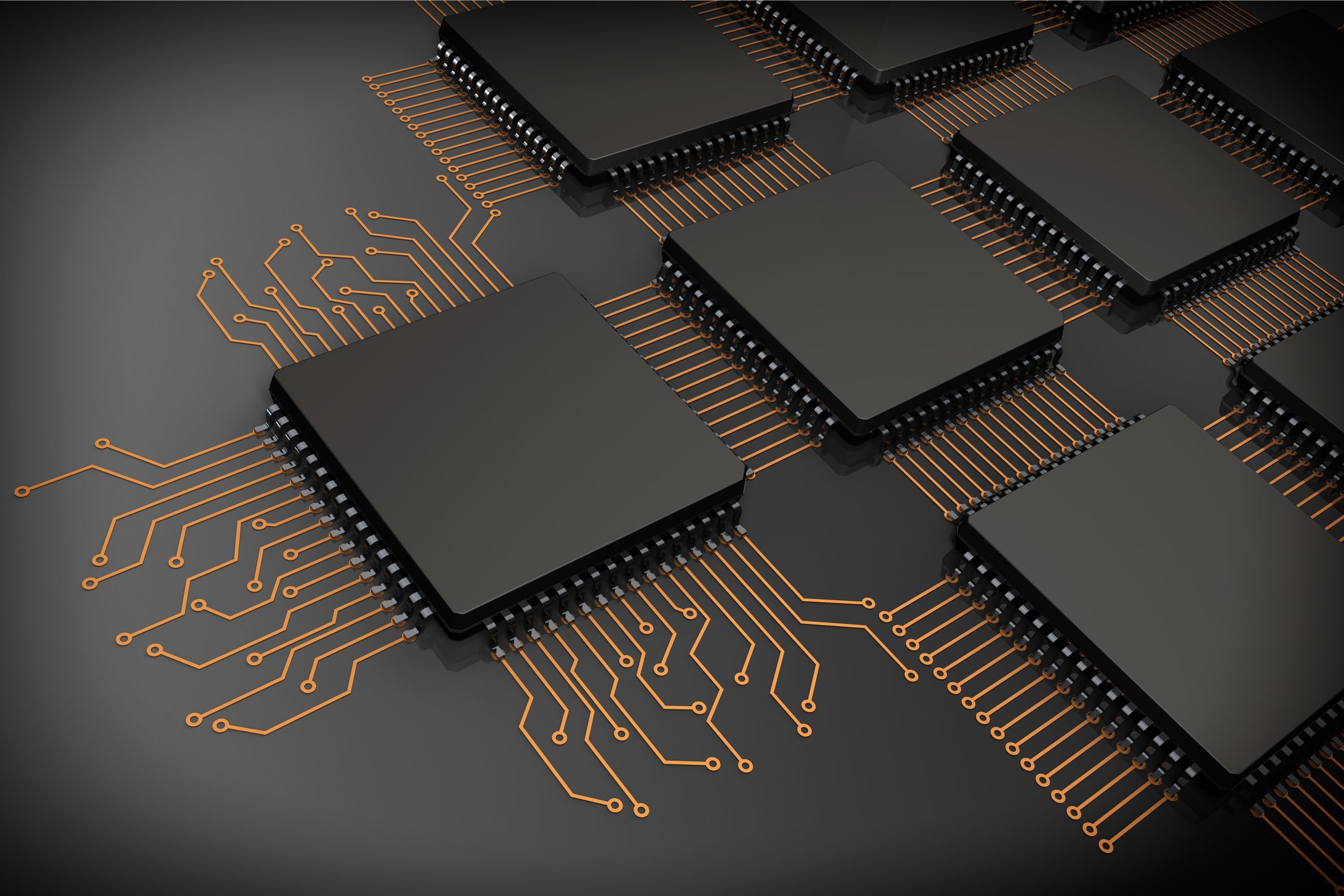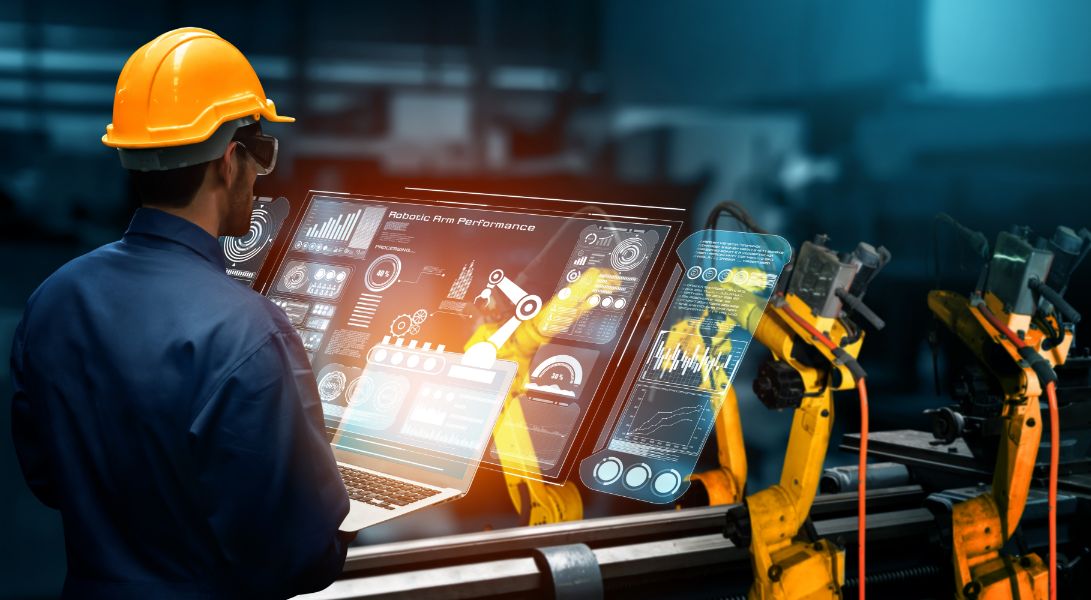The Evolution of the Smart Factory
In the Smart Factory idea framework, there are multiple ways to look at the phased processes described above in different ways. One such maturity method uses autonomous machines and systems to examine the information and simple operations of manufacturing systems from the standpoint of manufacturing systems.
Some of the most significant advantages of Smart Manufacturing include the ability to key performance indicators (KPIs), such as total equipment efficacy, should be monitored (OEE), overall plant efficiency (OPE), and overall quality (Q). Early detection of difficulties in the plants via alerts, dashboards, and reports of key performance indicators (KPIs) helps avoid unexpected plant shutdowns. It is necessary to execute preventative maintenance operations and recognize possibilities for yield, output, and quality improvement.
Real-time monitoring and action on raw material and utility use may help you save money by lowering your losses. Corrective action was taken as soon as possible, thanks to automation in SOPs and production accounting. Reduction in the number of manual jobs and the amount of time spent seeking items. Human error reduction and an increase in the productivity of plant resources are two goals of this project.
Improvements in documentation and compliance are being implemented. Notifications are sent immediately, and remote access is provided to allow for speedy remedial action. Authentic database accessibility is guaranteed at each given instance.
In a staged approach, in which each step builds on the previous one and provides more value, we progress from a data viewpoint from data to information to knowledge to wisdom to action and finally to action from wisdom.
Stages in the establishment of a Smart Factory
Stage 1
Integrating sensors, computing, control, and networking into physical items and infrastructure while linking them to the Internet and other cyber-physical systems are called interconnection of cyber-physical systems.
Stage 2:
Data Acquisition is converting physical situations into digital data that can then be stored and analyzed. A computer or a standalone device will typically collect signals from sensors (which may also be processed by sensor conditioners) and store them in digital form.
Stage 3:
Analyzing and visualizing data to uncover useful insights that can be used to make better informed and successful business choices is known as data analysis (also known as data mining or data visualization).
Stage 4
Automated actions – the use of software to eliminate the manual handling of small activities or a series of more complicated tasks to increase the efficiency of processes and the productivity of personnel – are becoming more popular.
The most important components of a Smart Factory
These are some examples:
1. Individuals
2. The method of obtaining information
Machines, as well as security and safety, round out the list.
The use of new generation technologies such as analytics, cloud computing, IIoT, big data, artificial intelligence/machine learning, augmented reality/virtual reality, robotic process automation, and threat intelligence, among others, will aid in the rapid implementation of Smart Factory projects. Cyber-physical systems and the Internet of Things serve as the technology underpinning this initiative.
Analytic Process Automation (APA) is a widely used technology that provides easy data sharing, automating time-consuming and complicated procedures, and converting data into outcomes. Anyone can access predictive and prescriptive insights with Analytic Process Automation, resulting in quick wins and rapid return on investment.
In addition to increased production rates and higher productivity, automation provides additional benefits such as more efficient material use, better product quality, improved safety, shorter workweeks for labour, and shorter production process lead times.
Shared data and intellectual property are made possible via the use of Smart Factory throughout supply chains and among multiple stakeholders. Consumers and suppliers are working together to connect their systems. Data is disseminated among the systems, resulting in a better degree of security protection.
For IoT products to function properly, the hardware, software, and communication will be secure. Any connected equipment, from refrigerators to factory robots, may be compromised if the proper security measures are not in place.
Once hackers have gained access, they may usurp the item’s functioning and steal the user’s digital data. IoT devices have the potential to be susceptible targets for cybercriminals.
Because of IoT devices’ huge attack surface and increasing susceptibility, IoT security is more difficult to manage than traditional cybersecurity measures.
In addition to standard endpoint security features such as antivirus and antimalware, IoT network security capabilities include firewalls and intrusion prevention and detection systems, as well as other intrusion prevention and detection systems.





